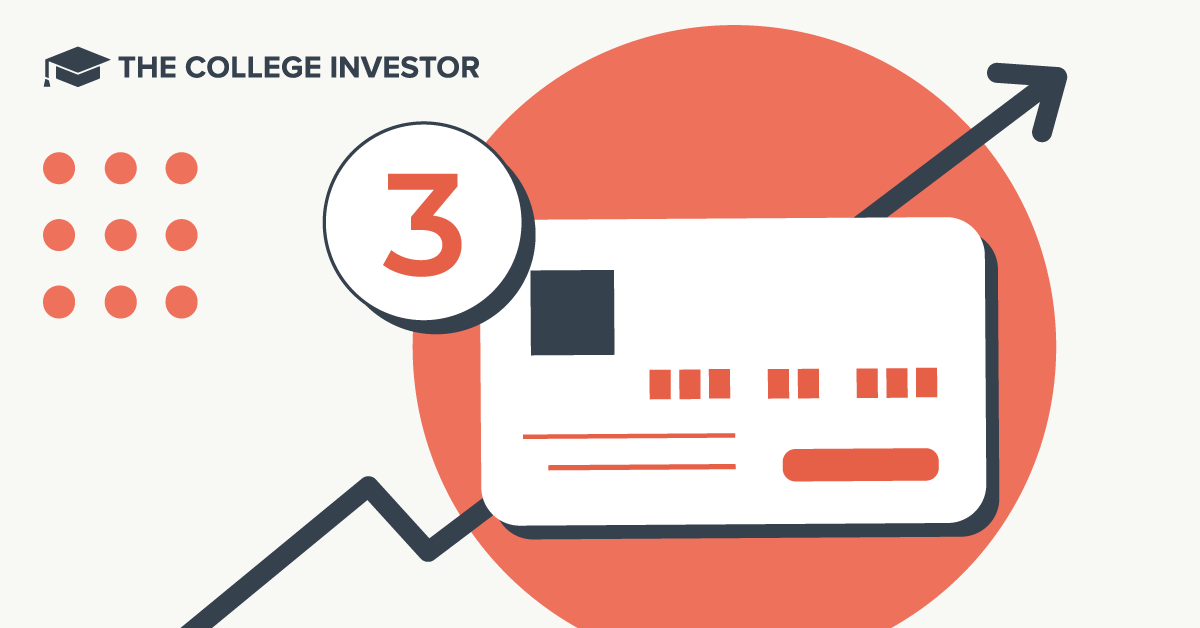Why Student Loan Borrowers Are Losing 100+ Credit Points


For thousands of federal student loan borrowers, the past few weeks have been a wake-up call. As credit monitoring services send out alerts, many are realizing that their credit scores have dropped by over 100 points—some by as much as 200—due to missed student loan payments.
The issue stems from student loan servicers now reporting 90-day delinquencies to credit bureaus after the federal repayment “on-ramp” period ended.
Collection activity and negative credit reporting was turned off during the payment pause from March 2020 to August 2023. After that, borrowers had a grace period protecting them from negative credit reporting between September 2023 and September 2024, which has now expired.
If we rewind the clock on student loan payments, it’s important to remember that payments were automatically paused for most borrowers starting in March 2020. After multiple extensions, that pause officially ended in August 2023. During the pause, negative credit reporting and collection activity were also paused.
To help ease borrowers back into repayment, the government created a one-year “on-ramp” period from September 2023 to September 2024. During this time, missed payments wouldn’t be reported as late, preventing credit damage.
But as of October 2024, missing payments once again counted toward delinquency. By February 2025, borrowers who hadn’t made payments since then began seeing the impact—90-day late marks appearing on credit reports.
Since the federal loan servicers typically furnish delinquencies to the credit bureaus at the end of the month, anyone 90 days late in January 2025 would be reported and it would begin impacting credit reports in February 2025.
Many borrowers had assumed their payments were still in deferral or were part of the SAVE administrative forbearance, not realizing they may have payments due. Others prioritized paying off higher-interest debts, unaware their loans were in delinquency.
However, the result of reporting the delinquency has seen borrowers’ credit scores drop 100 points or more.
For those who have already been hit with negative credit marks, there are a few possible ways to recover, but none are guaranteed and some may take time before you see the impact:
While negative marks on a credit report can last for up to seven years, they have less of an impact after two years. Borrowers who resume making on-time payments will see gradual improvements in their scores over time.
For now, the best course of action is to reach out to loan servicers, explore available options, and avoid further late payments to prevent additional credit damage.
Don’t Miss These Other Stories:

Industrial flex space has become a quiet favorite among sophisticated investors seeking durable income backed by real business demand. If...

Getting an inheritance is the epitome of a mixed blessing. You receive a financial windfall, but the cause is the...

During his tenure as the California Secretary of Health and Human Services, Mike Wilkening cemented his reputation as a steady...